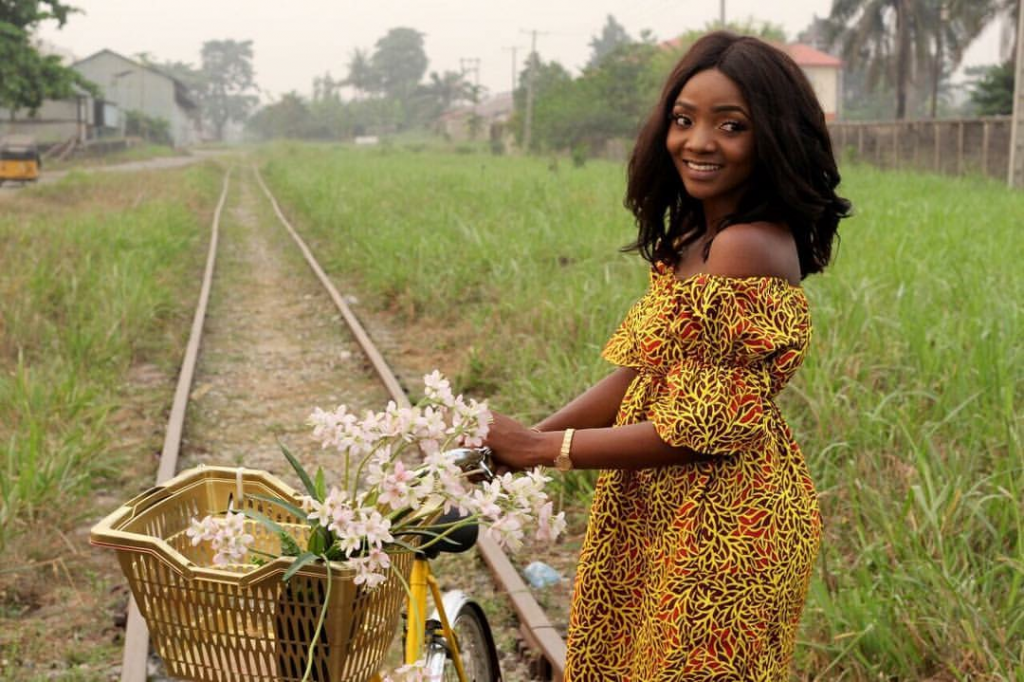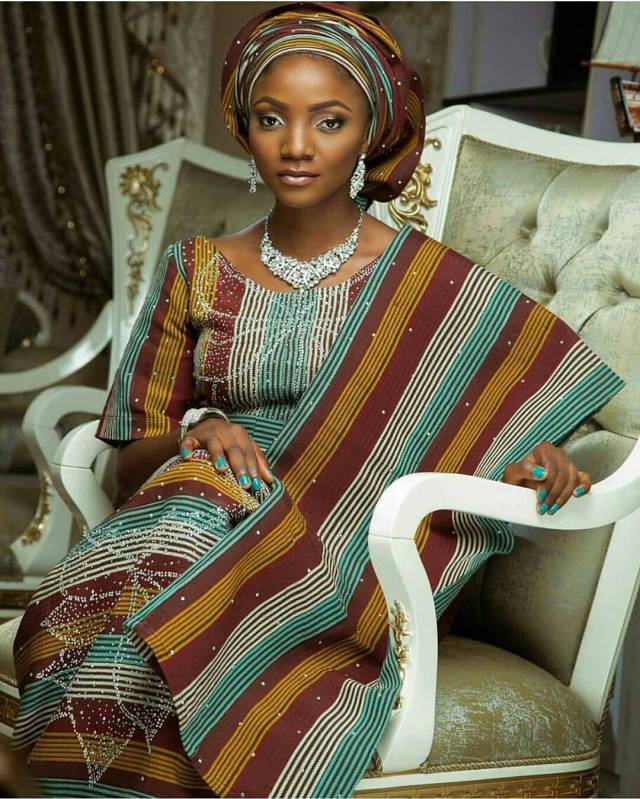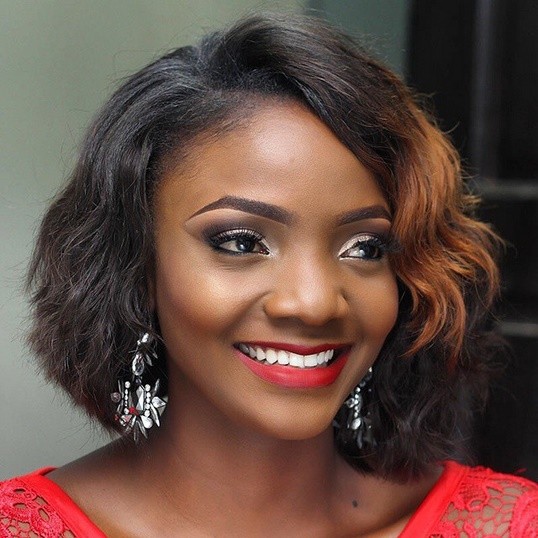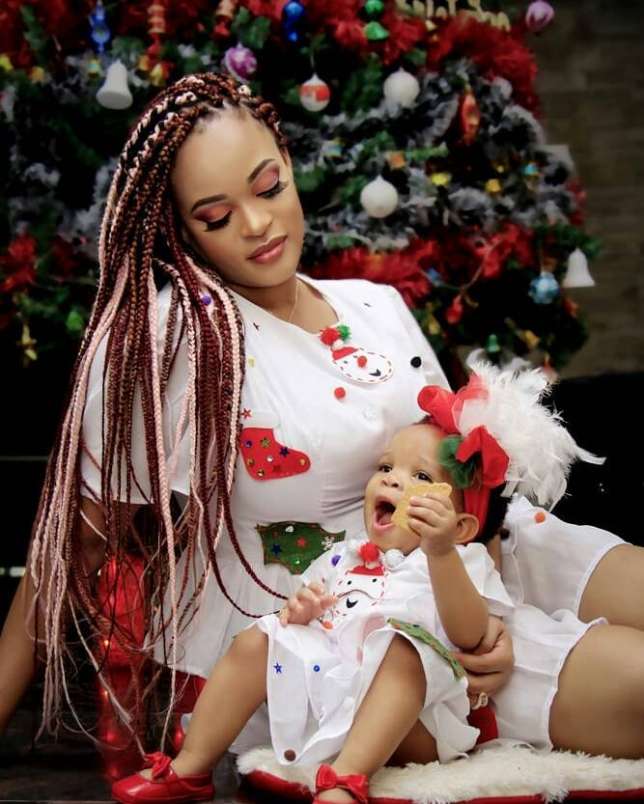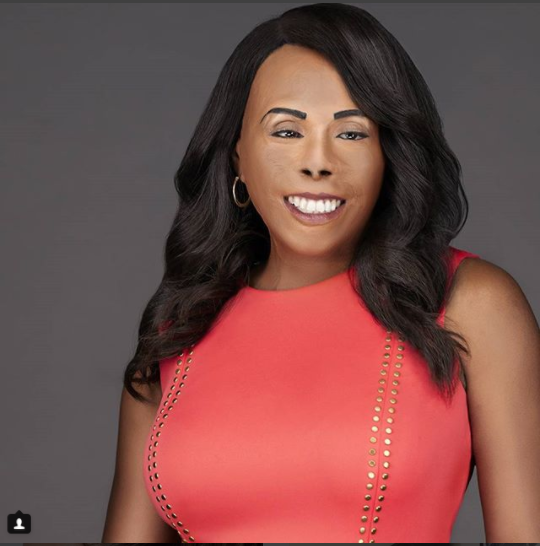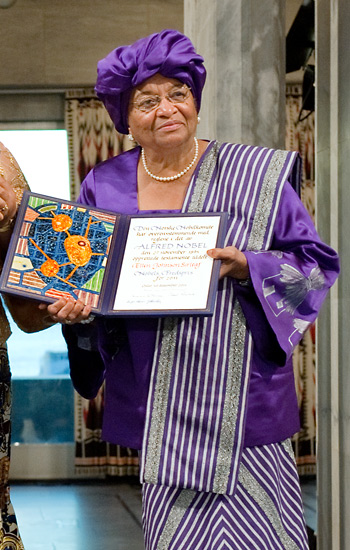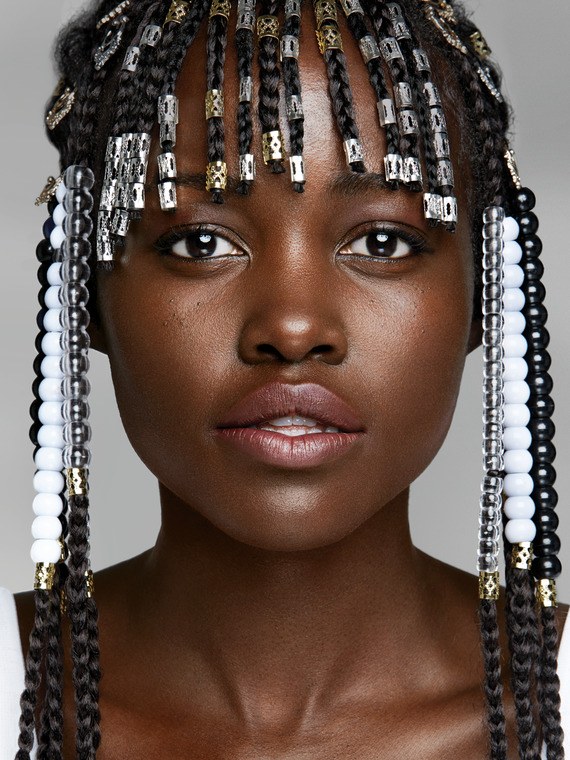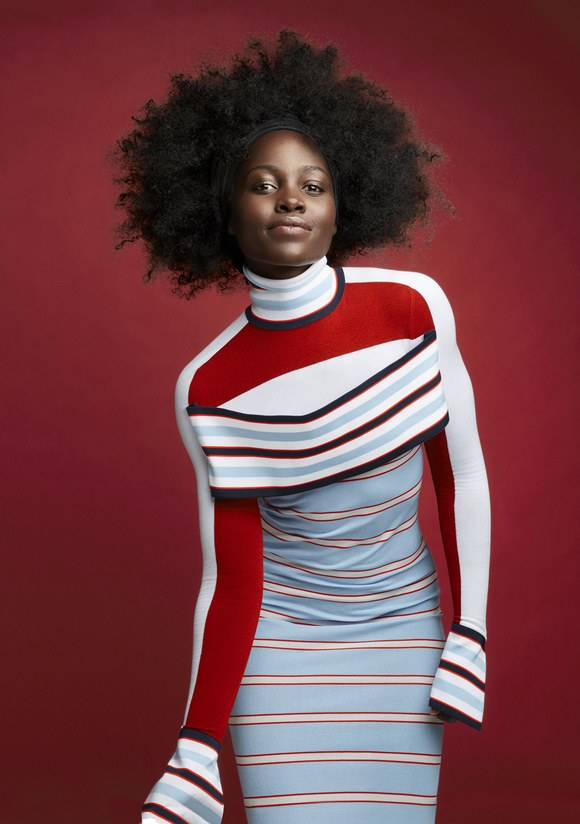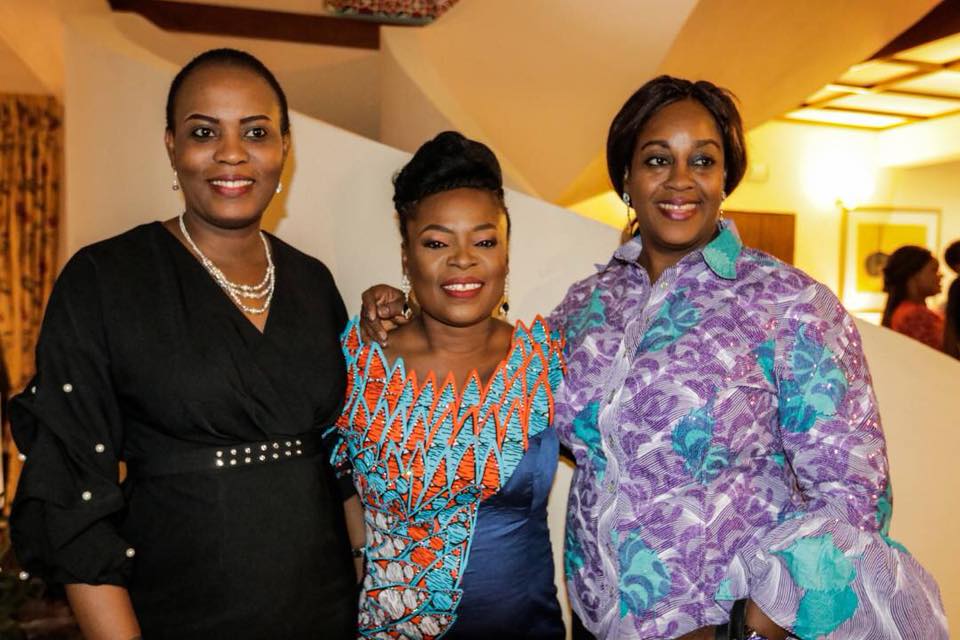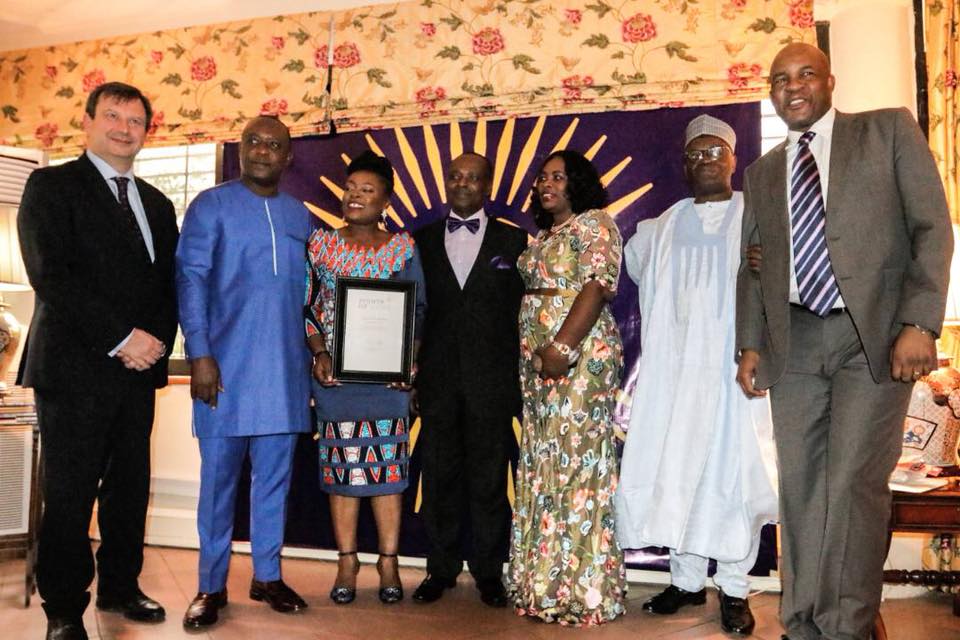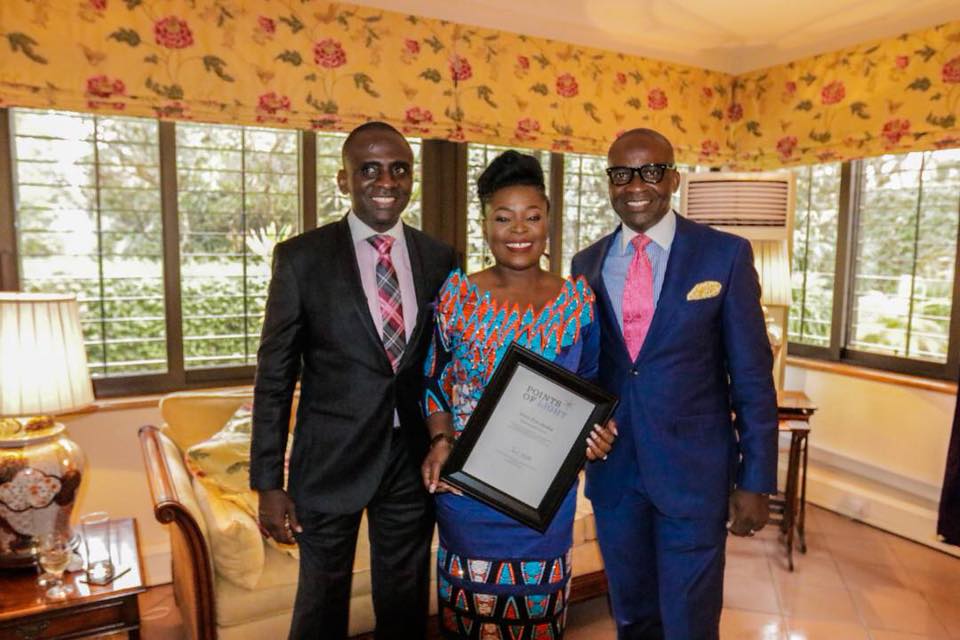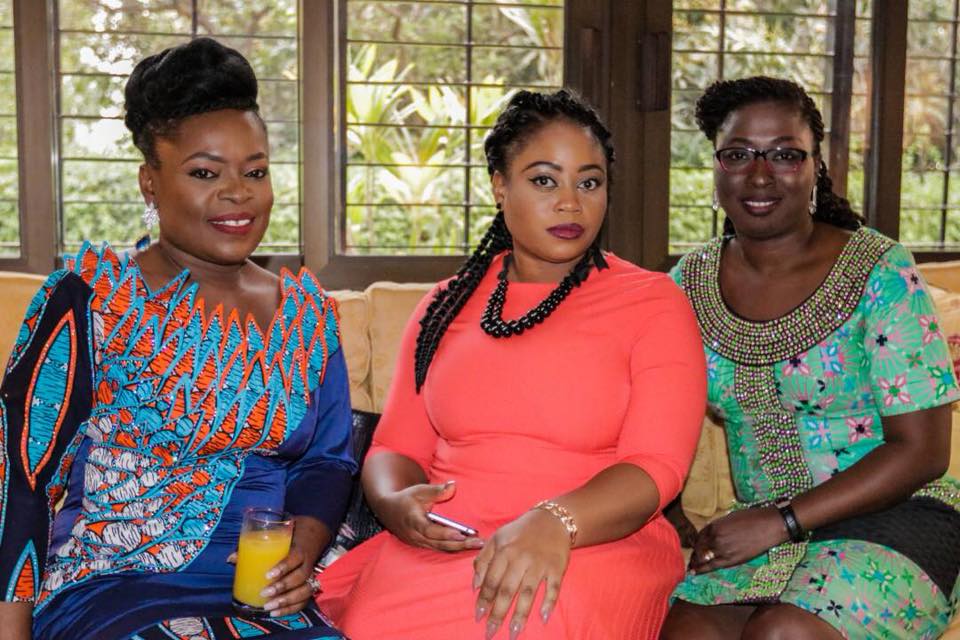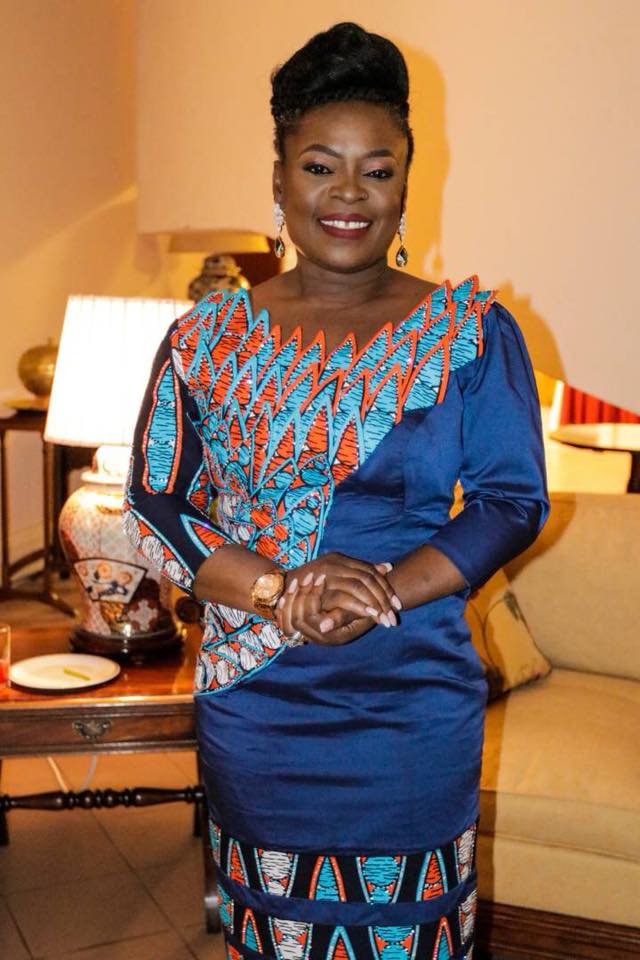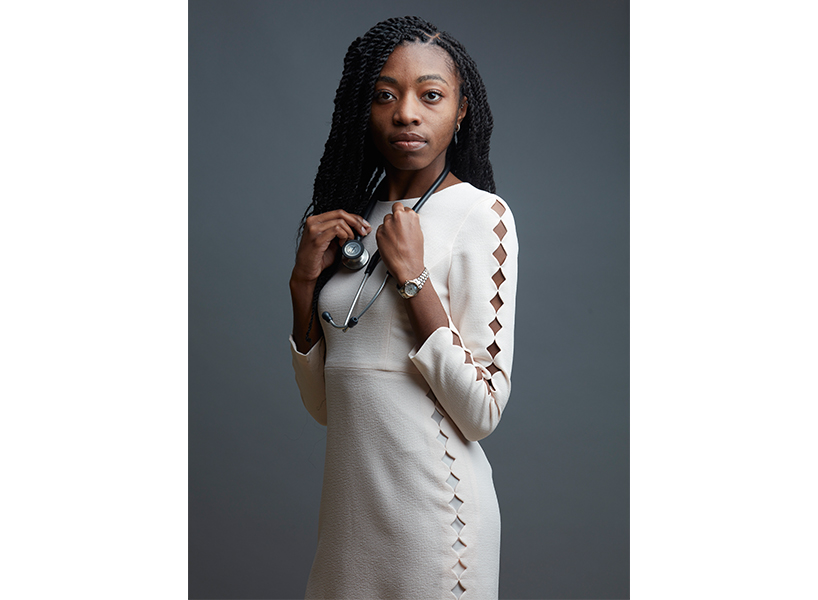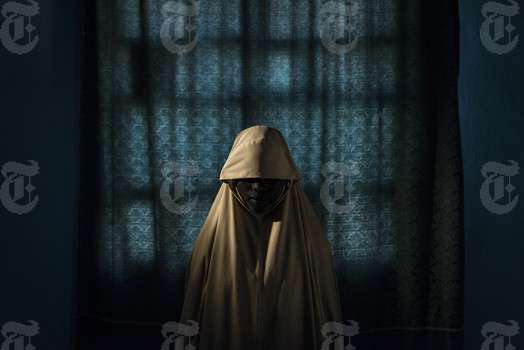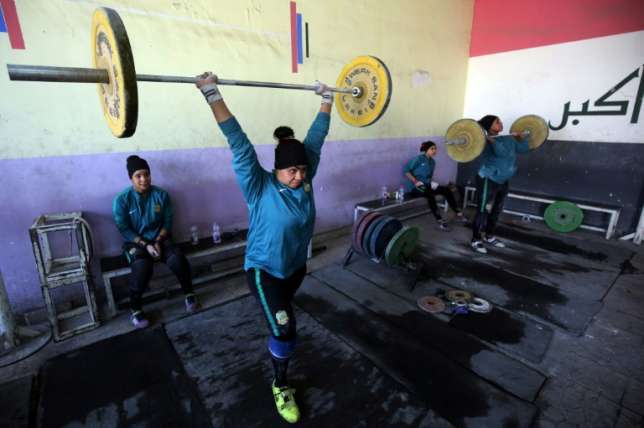I must have changed my outfit three times, swapping casual jeans and a blouse for a knitted mid-length tunic, before finally settling on a classy black dress.
I rearranged the bobby-pin network holding the kinks of my hair in perfect place. I had considered wearing braids, but in the battle between my natural locks and my extensions, my natural hair wins on most occasions—and I knew where I was going, my tight, unruly curls would be welcome.
I recited my introduction in the mirror. “Hi, I’m Chika! I came from the Health Sciences program at McMaster. I’m so excited to get involved in the BMSA (Black Medical Students Association). When I heard that University of Toronto had this association, it instantly became my first choice for medical school.”
This day was important. It was August 2016, a couple weeks before I would receive my stethoscope and start classes at the top medical school in the country. It would also be the first time I would meet the fellow Black medical students of my year. In undergrad, I was the sole Black person in my graduating class. In medical school, I was ready to meet individuals with a shared identity, and was eager to make a good impression.
As I arrived at the venue for the social, my anxieties surrounding the perfect attire for the evening slowly gave way to a sobering realization.
I was the only one.
One in 259
I was, and continue to be, the only Black medical student in my cohort of 259 medical students at University of Toronto. As I spent that August evening bonding with Black upper-year medical students, I began to see the small gathered group as a reflection of a larger issue. According to the admissions office at the Faculty of Medicine, the number of medical students who self-identify as African or Caribbean averages between two to five students per class.
And after meeting Dr. Lisa Robinson, the Chief Diversity Officer at U of T faculty of medicine, I learned that those figures have been consistent for years. When I met her at the Black Medical Students Association social, she simply introduced herself as Lisa, but I later learned that she is also a U of T medicine alumna and paediatric nephrologist at SickKids, in addition to a champion for diversity in medicine. When Dr. Robinson was a medical student at U of T in 1991, she was one of two black medical students in her year. The 25-year gap between our medical educations was bridged by this unfortunate solidarity—a narrative we share with the majority of past and present Black medical students in this country.
Meeting Dr. Robinson and the handful of other Black medical students was a pivotal moment for me, as my fears shifted from the inconsequential placement of bobby pins to the potential consequences of being the only Black body in this new professional student space. My hope for a new, more diverse learning environment faded as I realized that the number of Black medical students is chronically low, even in the largest and most diverse Canadian institutions.
New setting, same struggles
Despite my growing concerns, I reassured myself that my experiences in my undergraduate studies—and the countless times I’d faced implicit and explicit racism and discrimination in general—meant I was more than adequately prepared.
Some of my earliest memories in childhood include being taunted for my Afro-centric features; my grade three classmates questioned why my lips were so big and why my nose was so wide. Later, I’d field inquiries about my native tongue: “Do your parents speak in clicks? I bet your real name is Click-a” (for the record, it’s pronounced Chee-ka). As time progressed, my battles evolved into defending the shade of my skin and the texture of my hair. I vividly recall being told that I was too dark to be considered beautiful or smart, and my hair was too “nappy” to be deemed desirable. By the time I reached undergrad, I was used to people describing my natural hair as “unkempt” and knee-jerk labeling me as having an attitude or being sassy—common tropes assigned to Black women in popular culture.
At the end of my second year of undergrad, I remember driving across the U.S. border with a few friends for a shopping trip. Despite presenting myself in a cordial and respectful manner, as my parents taught me to do when engaging with authorities, I was met with hostility by border officers. The officer asked each of us what we were studying. When we all told him that we had aspirations of pursuing medicine, he glared at me and said, “Even you?” He then accused me of lying. As the only Black person in the car, and the only one repeatedly dismissed as dishonest, it was clear what the officer was trying to communicate: a Black female doctor? Impossible.
The importance of diversity in classrooms
These memories of prejudice still linger with me today, and as I currently work through my second year of medical school, I often reflect on how medicine is not immune to the racial challenges that penetrate every other realm of society.
I have fielded interrogations from peers arguing whether my “minority status” made it easier for me to get in. I frequently questioned why there was a lack of racial diversity within the teaching materials; during a dermatology session, I was left wondering how certain conditions would present on a patient with a darker complexion. When reflecting on the positive impacts of diversity on medical education, I wondered why the diversity of the patient population was not reflected within the demographic of medical students?
As of 2016, there are more than 627,000 Black people living in Ontario—making me part of the third largest visible minority group in the province—and yet, in my classroom I stand alone. The Canadian Medical Association and other medical organizations in Canada do not track the race or ethnicity of physicians, so there is a lack of comprehensive diversity data. That said, a 2015 report published in the Canadian Medical Association Journal made it clear that even without definitive numbers, there is a lack of Black representation in the medical field, which is concerning to say the least.
The value of diversity in medicine cannot be overstated. In the classroom, a diverse student body only enriches medical education by offering different health perspectives. Minority physicians are also more likely to return to their communities to provide care, according to data collected on U.S. physicians. Out in the field, minority patients also tend to seek out and report receiving better care from those with whom they identify. As highlighted recently in Serena Williams’s account of her traumatic birth, Black women in the United States often face discrimination in healthcare. In the U.S., African-American women are three to four times more likely to die from preventable complications during pregnancy. Although these statistics are derived from U.S. studies and cannot directly be translated to Black women in Canada, they speak to the complications that arise from a lack of diversity in healthcare.
Right now in the medical profession, gender and educational background are the main benchmarks for diversity in institutions of higher learning, but those are insufficient. The disparity is pervasive across most institutions—not just the University of Toronto—and across most fields of study, not just medicine. According to the United Nations Working Group on People of African Descent, Canada is still entrenched in anti-Black racism that permeates educational, institutional and professional systems.
As I went from class to seminar to labs in medical school, I also often wondered, where are the Black tutors and professors? I had read numerous anecdotes from racialized men and women in medicine who have had their position as physician repeatedly invalidated by both patients and staff at their hospitals. For instance, in 2015 Dr. Boluwaji Ogunyemi recounted his experience as chief dermatology resident in a Vancouver hospital for HuffPost. After showing up for his shift in plain clothing, Dr. Ogunyemi took a pair of scrubs for his upcoming shift and stuffed them in his backpack. Suddenly, he was confronted by a ward clerk who believed he was stealing. Dr. Ogunyemi frantically unzipped his jacket so his photo ID was visible, all to prove that he was indeed an employee of the hospital.
Stories like this left me wondering: when was I going to learn how to deal with receiving and internalizing racism and discrimination at the hospital? Despite eagerly seeking answers from tutors, I often receive an uncertain response and referral to the nearest Black faculty member.
Finding my voice
Despite the scarcity of Black colleagues or professors, I have been fortunate to find mentorship during this journey. Alongside other Black physician mentors in my life, Dr. Robinson has provided me with invaluable insight into how to build resilience as a Black woman in our field. She has shared with me how to find solidarity in the growing network of Black physicians, like the Black Physician Association of Ontario, and reminded me how to remain calm yet firm when faced with discrimination.
In fact, she’s a big part of why I felt safe enough to speak out about the lack of diversity in medicine, despite warnings that taking a controversial or radical stance as a medical student could cause problems when it came to finding a residency. Last spring, I was featured in the Toronto Star and did televised interviews with Dr. Robinson, speaking about the lack of diversity in medicine as public ambassadors of the new Black Student Application Program (BSAP) at the University of Toronto, Faculty of Medicine.
Then, this past November, I released a spoken word poetry video entitled “Woman, Black” (see video above) which recounts my experiences as a Black woman navigating medical education. I wanted to shed light on how medical institutions across the country can better support their racialized students who will undoubtedly face some form of discrimination within their professional career.
For the most part, I’ve received praise for speaking out from peers, friends and even complete strangers, but not everyone has reacted kindly. “What are they teaching over at U of T? African bush medicine?” one social media commenter responding to my Toronto Star story said. “She should be smart enough to know that Black people are intellectually inferior and thus are less likely to get into medical school, do your research!,” said another commenter on their Facebook page. And then there are the people who mean well, but whose words still make my confidence waver. After releasing my spoken word poem, questions about potential professional repercussions came in as quickly as the praise did.
Slow, steady changes
I still worry that my future is less secure because of the stances that I take. But when I think about the consequences of staying silent—which would allow another Black student to go through what Dr. Robinson and I have experienced—it gives me the confidence to continue.
I know that staying vocal as the BSAP ambassador is the best thing I can continue to do, not only for future Black students, but for myself as well. Being the sole Black student in my cohort is no longer frustrating or isolating, I now view it as an opportunity to become a stronger advocate so that more Black people see becoming a physician as a tangible goal. It has inspired me to give back more to my community and become empowered by my narrative—not defeated by it.
Despite the challenges I have faced, I am more hopeful than ever that positive change is on the horizon. Due to the mentorship opportunities made possible by Ike Okafor, senior officer of service learning and diversity outreach, and his team at the Office of Health Professionals and Student Affairs, the incoming class this year at U of T has six Black medical students. The Faculty of Medicine, alongside BSAP, has also added a new faculty position specifically charged with designing a Black Canadian Health curriculum for medical students. I can confidently say that I am proud to be a medical student at the University of Toronto, which has shown its commitment to diversity and is at the forefront of change in addressing racial disparities.
When I came to U of T, I was the only Black medical student, a similar position that my mentor experienced 25 years ago. Now, we’re working to make sure that this narrative stays in the past—and I know we’ll see even more Black students donning white coats in the future.
